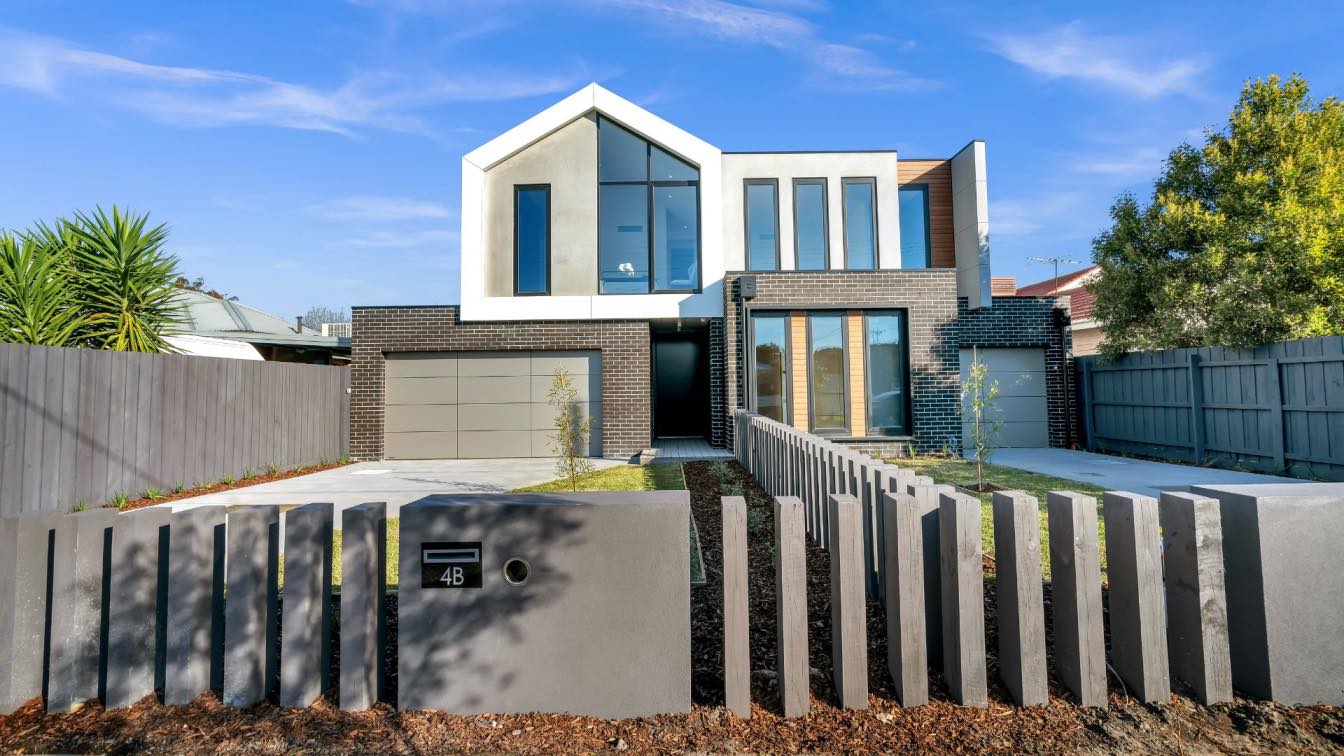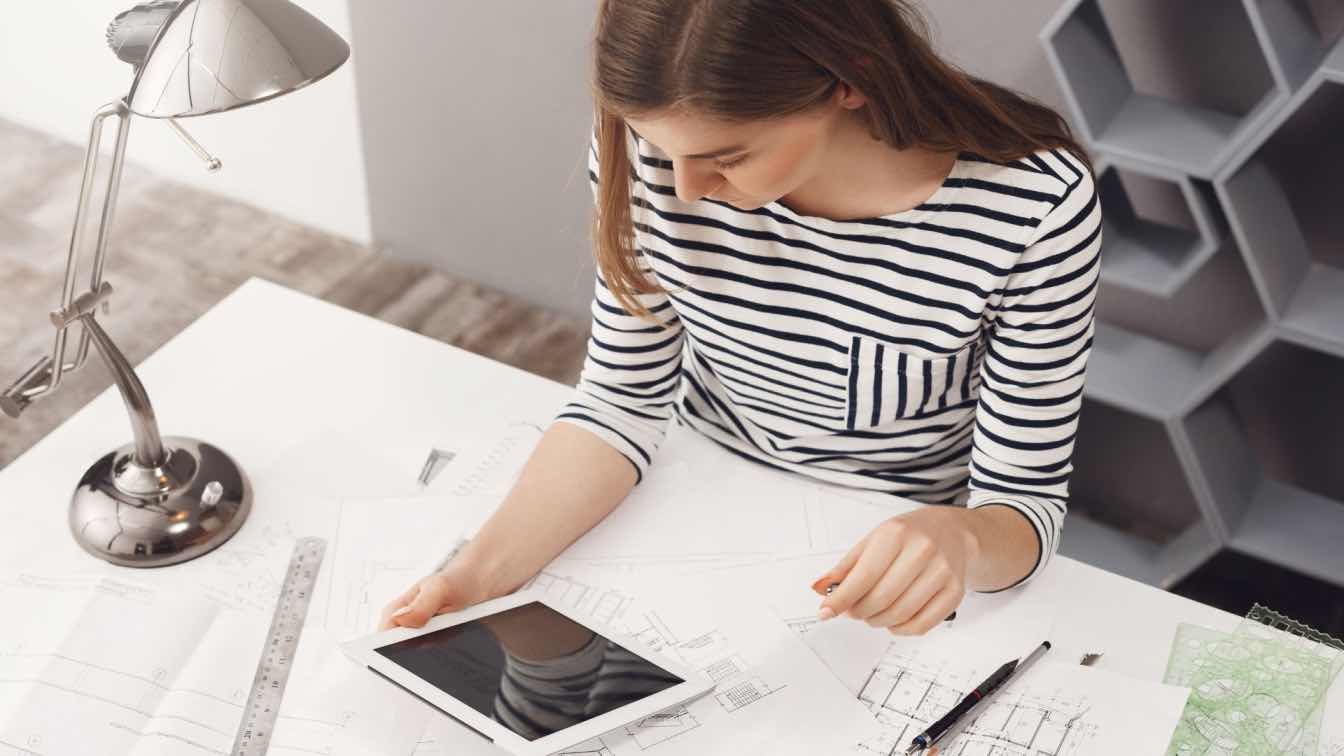Plumbing emergencies can be stressful and disruptive, often occurring at the most inconvenient times. Whether you’re dealing with a burst pipe, a clogged drain, or a malfunctioning water heater, waiting for an emergency plumber to arrive can be a nerve-wracking experience. Knowing what to do in the interim can help mitigate damage and make the repair process smoother. Here’s a comprehensive guide on what to do while waiting for an emergency plumber, ensuring you handle the situation effectively and minimise the damage.
1. Assess the Situation
The first step in managing a plumbing emergency is to evaluate the extent of the problem. Understanding the nature of the issue will help you communicate effectively with the plumber and manage the situation until help arrives.
Identify the Source of the Problem
For Leaks: Check where the water is coming from. Is it a small drip, or is it gushing? Identifying the source helps you understand whether it’s a minor issue or a more serious problem.
For Clogs: Determine if the clog is localised to one fixture (like a sink or toilet) or if it affects multiple areas of your home.
For Burst Pipes: Locate the affected area. If you can, turn off the water supply to that specific pipe.
Document the Issue
Take clear photos or videos of the problem for the plumber to review. This can help them prepare for the repair and might also be useful for insurance claims.
2. Shut Off the Water Supply
One of the most important steps to take during a plumbing emergency is to shut off the water supply to prevent further damage.
How to Locate and Operate the Main Water Shutoff Valve
Find the Valve: The main water shutoff valve is usually located near the water meter, in the basement, or on an exterior wall. In some homes, it might be located under the kitchen sink or near the front of the house.
Turn Off the Valve: Turn the valve clockwise to shut off the water supply. If you’re unsure which valve to turn, consult your home’s plumbing diagram or ask the plumber for instructions over the phone.
For Specific Fixtures
If you can’t access the main valve or the issue is isolated, you might need to shut off the water to specific fixtures:
Sinks: Look for individual shutoff valves under the sink. Turn these valves clockwise to stop the water flow.
Toilets: Locate the shutoff valve behind the toilet and turn it clockwise.
Washing Machines: There are usually shutoff valves on the wall behind the machine.
Reference: According to a study by the National Association of Home Builders, a significant amount of home damage can be prevented by quick response to plumbing issues, with 65% of homeowners reporting they saved money and damage costs by acting promptly (NAHB).
3. Contain the Damage
While you wait for the plumber, your goal is to contain the damage and manage the situation as best as you can.
Control Water Spillage
Use Towels and Buckets: Lay towels around the affected area to soak up water. Place buckets under leaks to catch drips and prevent water from spreading.
Move Valuables: Relocate any items that might be damaged by water. This includes furniture, electronics, and important documents.
Check for Further Leaks: Inspect the area for any additional leaks or signs of water damage. If you find more problems, inform the plumber as soon as they arrive.
Manage Flooding
If there’s a significant amount of water, use a mop or a wet/dry vacuum to remove the water. If the flooding is extensive, you might need to contact a water damage restoration service in addition to the plumber.
4. Recognise Emergency Plumbing Signs
Understanding emergency plumbing signs can help you react quickly and efficiently during a plumbing crisis. Being aware of these signs enables you to take immediate action, preventing further damage.
Common Emergency Plumbing Signs
Sudden Water Pressure Drops: A sudden and significant decrease in water pressure could indicate a major leak or a burst pipe.
Unusual Noises: Banging, gurgling, or whistling noises coming from your pipes can signal serious issues, such as blockages or air in the pipes.
Foul Odours: The smell of sewage or gas in your home can be a sign of a severe plumbing problem that needs immediate attention.
Water Stains and Discolouration: Unexplained water stains on walls, ceilings, or floors often indicate hidden leaks.
Slow Drains or Backups: Persistent slow drains or sewage backups can point to severe blockages or issues with your main sewer line.
5. Prevent Further Issues
While waiting for the plumber, there are several proactive steps you can take to prevent additional problems and prepare for the repair.
Clear the Area
Access to Plumbing: Ensure the plumber has easy access to the area that needs repair. Move any obstacles and clear a path.
Turn Off Appliances: If the issue involves water overflow or a potential risk of electrical hazards, unplug electrical appliances near the affected area.
Prepare Questions for the Plumber
Prepare a list of questions to ask the plumber once they arrive. This will help you understand the problem and the necessary repairs.
Example Questions:
- What caused the issue?
- What are the options for repairing it?
- How long will the repair take?
- What will be the cost of the repair?
- Do you offer a warranty for the repair work?
6. Communicate Effectively
Effective communication with your emergency plumber can significantly impact the outcome of the repair process.
Provide Detailed Information
Share all relevant information with the plumber, including:
- The nature of the problem
- What steps you have already taken
- Any observations you’ve made (e.g., water pressure changes, unusual noises, leakages)
Be Prepared for Their Arrival
Make sure you’re available to answer questions and provide access to the affected area. If you’re not home, ensure that someone you trust is there to let the plumber in.
Discuss Next Steps
Once the plumber assesses the situation, discuss the next steps and any immediate actions that need to be taken. This includes understanding the repair process and any potential follow-up work.
Conclusion
Waiting for an emergency plumber can be a stressful experience, but knowing what to do in advance can make the situation more manageable. By assessing the problem, shutting off the water supply, containing damage, recognising emergency plumbing signs, preventing further issues, and communicating effectively, you can help ensure that the repair process goes smoothly and that your home is protected from additional damage.
For more information on how to handle plumbing emergencies, visit HomeAdvisor’s Plumbing Guide.
By following these steps, you can better manage your plumbing emergency and ensure that you’re well-prepared for the plumber’s arrival.





